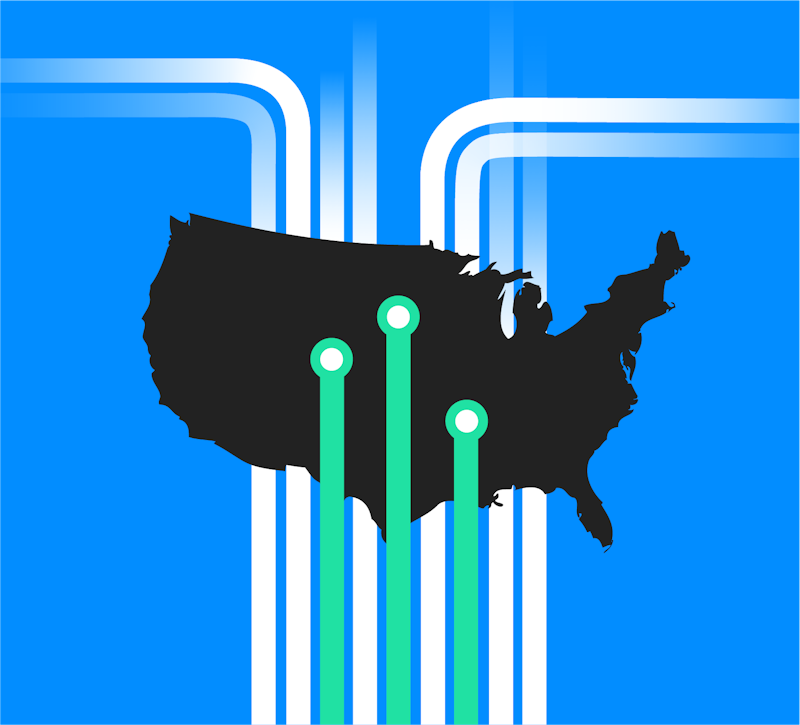‘Schedule A’ is a policy mechanism that allows U.S. employers to expedite the immigration process for qualified foreign-born workers in industries and occupations where there are not enough U.S. born workers available. Unfortunately, the list of Schedule A eligible occupations has not been updated in more than 30 years. The Department of Labor should resume regular updates to Schedule A so that qualified immigrants can more quickly get to work, particularly in critical and emerging industries.
FWD.us has been examining opportunities for the administration to more fully utilize existing immigration pathways for workers with needed skills, to strengthen the U.S.’ global competitiveness and tamper economic challenges like inflation and persistent labor gaps.
One solution: Update the list of 'Schedule A' occupations. Updating Schedule A could help expedite the immigration process for highly skilled workers in critical occupations, provide certainty and predictability for top global talent considering working in the U.S., and save millions of dollars annually for U.S. taxpayers along the way.


 Source: Screenshot of
Source: Screenshot of 
